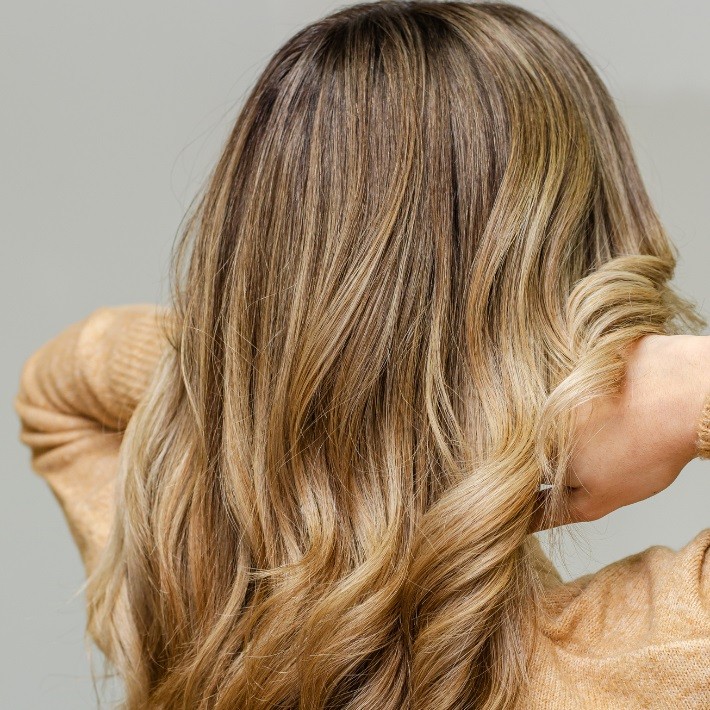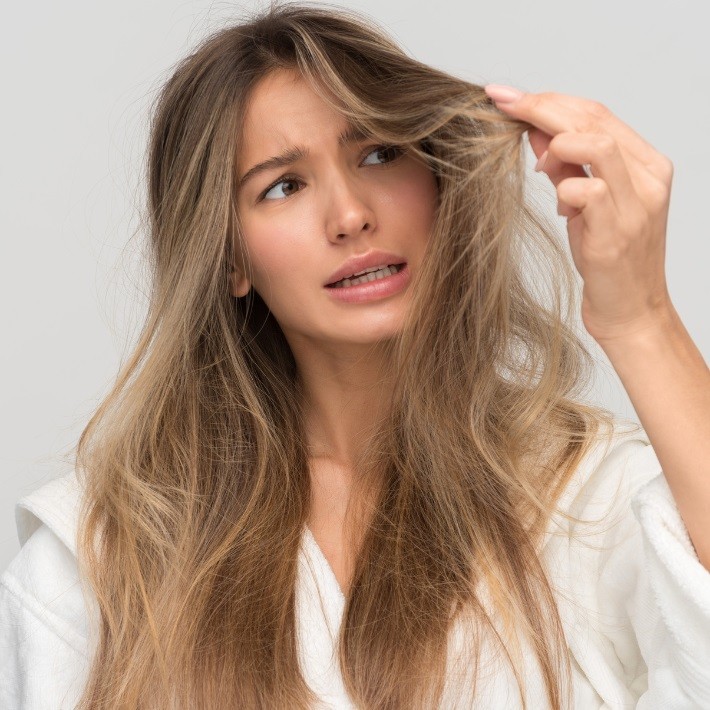Last Updated on March 28, 2025
Have you ever wondered how many hairs are on a human head? It’s a question that might have crossed your mind while combing your hair or looking at a friend’s luscious locks. The number of hairs on a human head varies from one person to another, depending on factors like genetics, hair color, and hair density. In this article, we will dive into the science behind hair count, explore the factors that influence hair growth, and answer some common questions about hair density and hair loss.
The Science Behind Hair Count

The Hair Growth Cycle
To understand the number of hairs on a human head, it’s essential to know how hair grows. Hair growth occurs in three stages: the anagen (growth) phase, the catagen (transition) phase, and the telogen (resting) phase. The length of each stage varies, with the anagen phase lasting two to seven years, the catagen phase lasting two to three weeks, and the telogen phase lasting around three months. At any given time, about 85-90% of our hair is in the anagen phase, while the remaining 10-15% is in the catagen and telogen phases.
Average Hair Count
On average, the human head has about 100,000 hair follicles. However, this number varies based on factors such as genetics, hair color, and hair density. People with blonde hair tend to have the highest number of hairs, averaging around 150,000, while those with red hair have the lowest count, averaging around 90,000 hairs. People with black or brown hair usually have between 100,000 and 110,000 hairs.
Related: How To Blend Grey Hair With Dark Brown Hair?
Factors Affecting Hair Density and Growth

Genetics
Genetics plays a significant role in determining the number of hairs on a human head. Hair density and hair color are inherited traits that come from both parents. Genetic factors also influence the rate of hair growth and the length of the hair growth cycle.
Age
As people age, the hair growth cycle slows down, leading to a decrease in hair density. It is normal for hair count to decrease as people grow older, with hair thinning becoming more apparent in middle age. Additionally, hair may lose its pigment over time, resulting in gray or white hair.
Hormones
Hormones play a crucial role in hair growth and hair loss. For example, hormonal imbalances during pregnancy or menopause can lead to temporary hair loss, known as telogen effluvium. Androgens, male hormones present in both men and women, can also cause hair loss. In cases of androgenetic alopecia, hair follicles shrink and produce thinner, shorter hairs, leading to a reduced hair count.
Nutrition
Proper nutrition is essential for maintaining healthy hair growth. A balanced diet rich in vitamins, minerals, and protein can support hair growth and prevent hair loss. Deficiencies in nutrients such as iron, zinc, and biotin can lead to hair thinning and hair loss.
Related: How To Get Hair Dye Out Of Carpet?
FAQs
Q: How can I increase my hair density?
A: To increase hair density, maintain a healthy diet, minimize stress, and avoid harsh chemicals and heat treatments that can damage hair. In some cases, hair growth supplements or medications may help improve hair density.
Q: Is hair loss permanent?
A: It depends on the cause. Temporary hair loss, such as telogen effluvium, typically resolves on its own. However, hair loss caused by genetics or scarring may be permanent.
Q: How often should I wash my hair?
A: The frequency of hair washing depends on factors such as hair type, scalp condition, and personal preference. People with oily scalps may need to wash their hair more frequently, while those with dry hair may benefit from washing their hair less often. A general guideline is to wash your hair every two to three days. However, it’s essential to find a routine that works best for your hair and scalp.
Q: Can stress cause hair loss?
A: Yes, stress can contribute to hair loss. Severe emotional or physical stress can trigger telogen effluvium, a temporary hair loss condition. It is crucial to manage stress through techniques such as meditation, exercise, and proper sleep to support overall health, including hair health.
Related: How To Get Hair Glue Out Of Carpet?
Conclusion
In conclusion, the number of hairs on a human head varies depending on factors such as genetics, hair color, and hair density. On average, a person has around 100,000 hair follicles, with blondes having the highest count and redheads having the lowest. The hair growth cycle, age, hormones, and nutrition all play a role in hair growth and hair loss.
Understanding these factors can help you maintain a healthy scalp and hair, prevent hair loss, and improve your hair’s overall appearance. Remember that individual hair count may vary, and what’s most important is to take care of your hair and scalp to ensure their health and vitality.

